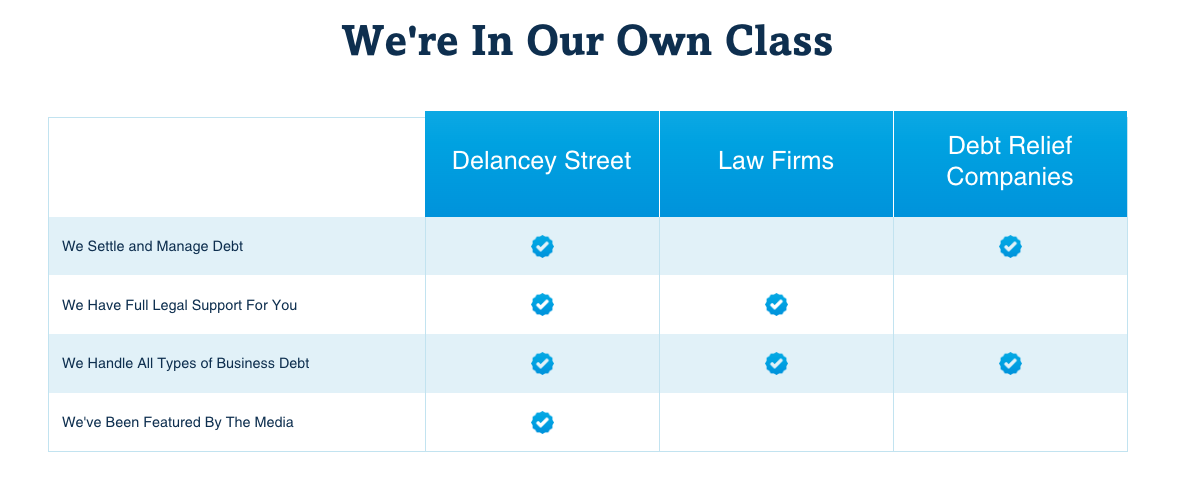Designing Effective Governance Structures For Restructured Companies
Restructuring a company often involves significant changes to its operations, finances, and leadership. Implementing an effective governance structure is crucial for providing oversight and accountability during and after the restructuring process. An optimized governance framework can help restructured companies rebuild stakeholder trust, improve decision-making, and position the organization for long-term success.
Key Considerations
When designing a governance structure for a restructured company, some key considerations include:
 -
-Alignment with Strategy
The governance model should align with and enable the company’s revitalized strategy and operating model post-restructuring. This helps ensure the governance framework facilitates, rather than hinders, the execution of strategic priorities.
Board Composition
The competencies, diversity, and independence of board members need to match the company’s needs during and after restructuring. This may involve changing the board’s composition to get the right mix of skills and experiences.
Streamlined Committees
Consolidating or eliminating some board committees can help avoid duplication and simplify decision-making. The most essential committees to retain or form are audit, risk, nomination, and compensation.
Enhanced Risk Oversight
Given the risks associated with restructuring, the board should take a proactive approach to overseeing risks across operations, finances, culture, compliance, and strategy. Robust risk management ensures long-term resilience.
 -
-Improved Reporting
Management needs to provide detailed, accurate, and timely reporting on restructuring initiatives, operating performance, financial health, and long-term strategic progress. This reporting enables the board to monitor the implementation and impacts of restructuring.
Updated Policies
Key governance policies – like codes of conduct, conflict of interest policies, and whistleblower policies – should be updated to align with the post-restructuring company’s vision, values, and priorities. This reinforces desired culture changes.
Restructuring Governance Models
There are a few common governance models adopted by companies going through restructuring:
External Oversight Panel
Some companies form an external oversight panel comprising independent experts to monitor the restructuring process and provide recommendations to the board. This can bolster stakeholder confidence.
Independent Restructuring Committee
For major restructurings, creating an independent board committee offers focused oversight on implementation activities and progress. It also helps avoid potential conflicts of interest.
 -
-Hybrid Approach
A hybrid model combines an independent restructuring committee with direct board oversight. The committee handles detailed monitoring while the board maintains ultimate decision-authority on major issues. This leverages both independence and broad expertise.
Third-Party Advisor
Bringing in an external governance expert or advisor allows boards to tap specialized restructuring governance knowledge while planning and executing changes. This specialist perspective supplements internal capabilities.
Key Roles & Responsibilities
Clarifying essential governance roles and responsibilities is vital for restructuring success.
 -
-Board of Directors
The board is responsible for analyzing strategic alternatives, approving restructuring plans, overseeing implementation activities, monitoring risks and progress, upholding accountability standards, and defining long-term strategic direction.
CEO & Executive Team
The CEO and executive team must effectively execute restructuring initiatives and lead the organization through uncertainty while remaining focused on long-term goals. They must also adapt leadership styles to stabilize culture.
Legal Counsel
Internal and external legal counsel help ensure restructuring plans and governance changes meet legal and regulatory requirements. Lawyers also advise on risk mitigation and liability management.
Financial Advisors
Financial restructuring involves complex financial planning and modeling. External financial experts are often tapped to conduct liquidity analysis, value assets, and improve capital allocation strategies.
Change Management Leads
Dedicated change management resources help plan and implement the people-related aspects of restructuring. This drives employee adoption of changes to systems, processes, reporting lines, and culture.
Key Governance Focus Areas
Boards overseeing restructures should maintain robust governance and oversight across eight key areas:
1. Strategy
- Guide post-restructuring strategic planning
- Analyze strategic alternatives
- Review and approve long-term strategic plan
2. Finance
- Monitor liquidity
- Scrutinize capital allocation decisions
- Oversee financial reporting integrity
3. Operations
- Analyze restructuring’s operational impacts
- Monitor performance metrics
- Assess supply chain resilience
4. Talent Management
- Oversee executive team reconfiguration
- Review workforce and culture strategy
- Emphasize leadership development
5. Risk & Compliance
- Identify and mitigate emerging risks
- Verify control effectiveness
- Review policies and internal audit findings
6. Stakeholders
- Rebuild investor trust and confidence
- Communicate transparently on restructuring progress
- Solicit stakeholder input into future plans
7. Technology
- Oversee IT systems changes
- Verify data security and privacy controls
- Guide digital transformation initiatives
8. Corporate Culture
- Champion desired culture changes
- Instill values and heighten accountability
- Reinforce ethical behaviors
The board should receive regular reports on each of these areas, ask probing questions, and take corrective actions whenever necessary.
Key Takeaways
Restructuring significantly disrupts organizations and governing them requires specialized oversight. The most effective governance structures for restructured companies:
- Align with the post-restructuring strategy and operating model
- Include board members with relevant restructuring competencies
- Concentrate board attention on priority risk areas
- Empower independent oversight through committees or advisors
- Clarify governance roles for directors, executives, advisors and change agents
- Maintain diligent oversight across all dimensions of the enterprise
By implementing deliberate governance strategies rooted in independence, expertise, transparency and accountability, boards can steward restructured companies into a prosperous future.
Resources
- How corporate boards can lead in a crisis [McKinsey]
- Restructuring scenarios and governance priorities [Harvard Law School Forum on Corporate Governance]
- Committees of the board [Diligent Insights]
- Risk oversight in the aftermath of restructuring [National Association of Corporate Directors]
- Financial reporting considerations for bankruptcy emergent entities [Deloitte]
- Updating codes of conduct to match post-restructuring culture [Harvard Law School Forum on Corporate Governance]
- Independent oversight panels in restructuring [Berkeley Law]
- Board restructuring committees [The Corporate Counsel]
- Hybrid approach to bankruptcy governance [Stanford Graduate School of Business]
- Third party restructuring advisors assist boards [Wharton School]
- Board’s role in restructuring oversight [EY]
- CEO’s role in leading through restructuring [McKinsey]
- General counsel’s role in bankruptcy [Association of Corporate Counsel]
- Financial advisors help restructure capital [Harvard Business Review]
- Change management in restructuring [BCG]







